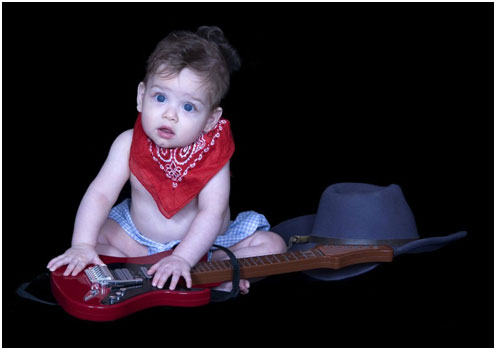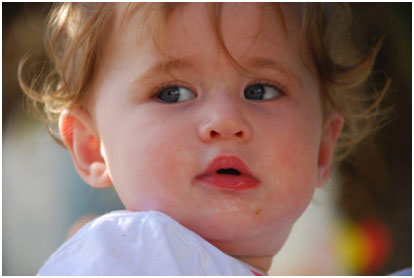
In a famous experiment titled the “Stranger situation” psychologists Mary Aninsworth (expanding on work done by Bowlby) observed children between the age of 12 to 18 months. She was interested in their response at being left alone and then reunited with their mothers.
The results led her to 3 major attachment styles. In 1986, researchers Main and Solomon added a fourth attachment style. A number of studies since then have confirmed that the attachment style that develops in a child’s early years of life will impact their future relationships and connections with other human beings for years to come.
The four attachment styles are: secure, ambivalent, avoidant and disorganized.
Secure Attachment Style
Secure attachment is the one more desired. In a stranger situation, a baby with a secure attachment is happy when the parent is around, he is sad and upset when they leave but is very happy to when they come back. The baby is soothed by the parent’s presence.
As they grow, kids with a secure attachment will be able to seek help and comfort when they feel scared. These children meet the first two levels of emotional intelligence, they are able to recognize their own feelings (I am scared, sad, afraid, under threat) and manage it (by asking for help). They have the confidence to ask for help and the confidence that help will come. This confidence makes them feel secure in the world around them and also in their future relationships.
Ambivalent Attachment Style

Research suggests that this style develops if the parents is inconsistent in their availability to fulfill the baby’s needs. Such behavior will make the child feel angry and stressed when separated from the caregiver, with no way to comfort themselves.
Avoidant Attachment Style
This style develops when the parent consistently ignores the child’s needs or punishes the child for expressing their needs. The child learns that their needs are not met by the caregiver and will therefore avoid them. In the stranger situation, an avoidant baby will not show distress when the caregiver’s exit and on their return, the baby will ignore them.
Babies with avoidant attachment show no preference for their caregiver over a complete stranger. These children learn that their needs go unmet, so they suppress their need and avoid seeking help.
Disorganized Attachment Style
Disorganized attachment is when there is no clear attachment style. In a stranger situation the child will seem confused on the caregiver’s return, sometimes aggressiveness and sometimes avoidant. These kids can seem disoriented and confused. Research suggests this is a result of inconsistent behavior by the main caregivers. The parent is a source of comfort but also a source of fear at the same time.
Join me in the next chapter for reasons for insecure attachments.
Until then, happy and secure parenting,
Ronit
This post is part of the series Attachment Theory:
- Attachment Theory: Main Characteristics of Attachment
- Attachment Theory: Four Attachment Styles
- Attachment Theory: Insecure Attachment Style
- Attachment Theory: Secure and Insecure Attachment in Adult Life
- Attachment Theory: Secure and Insecure Attachment in Teenagers
- Attachment Theory: Attachment Styles in Relationships and Marriages











